The IESWTR applies to filtered water systems using surface water or groundwater under the direct influence of surface water. The rule only applies to systems serving at least 10,000 people. The compliance requirements of the rule are effective January 1, 2002. In Pennsylvania, this rule will provide additional drinking water protection to about 7.3 million people that are served by these large systems.
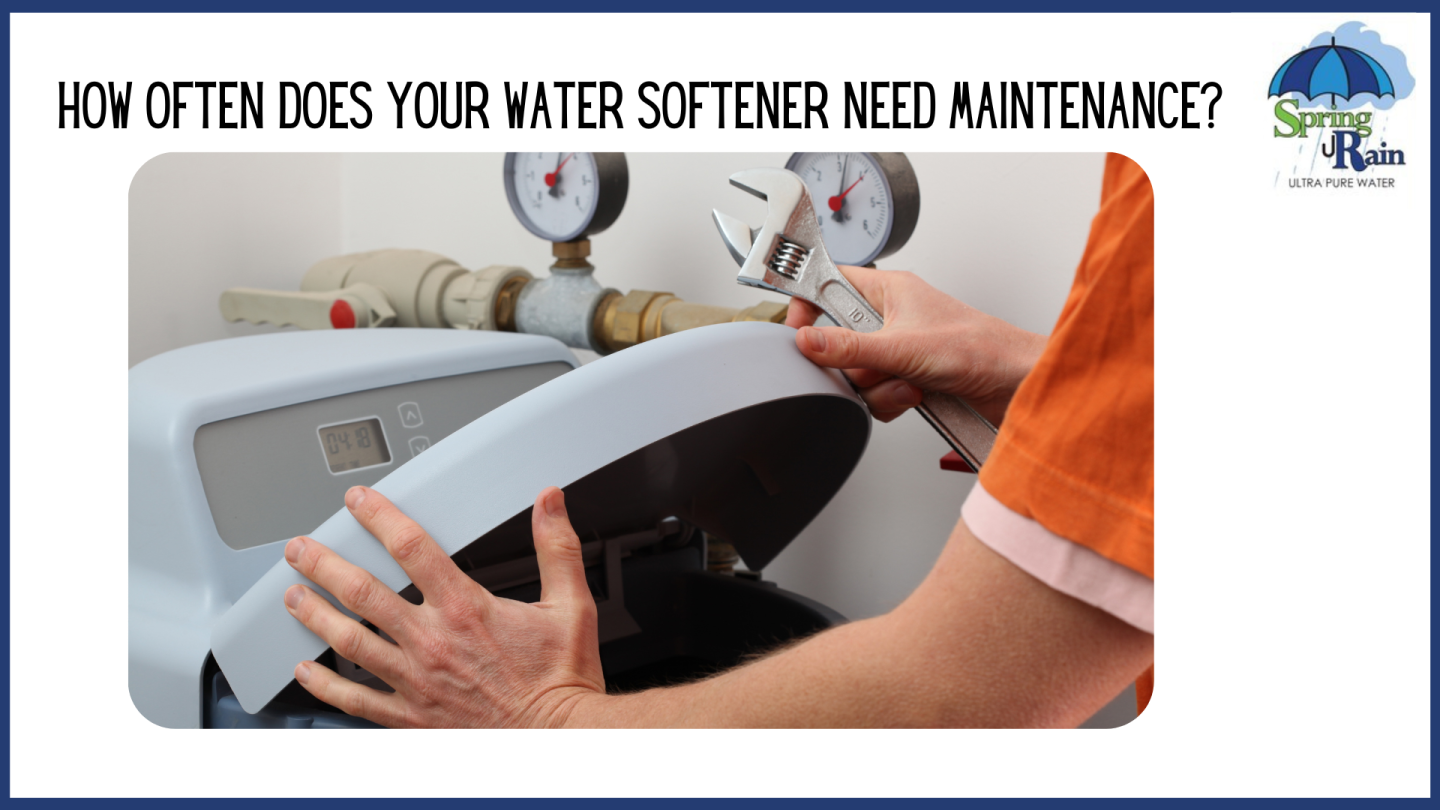
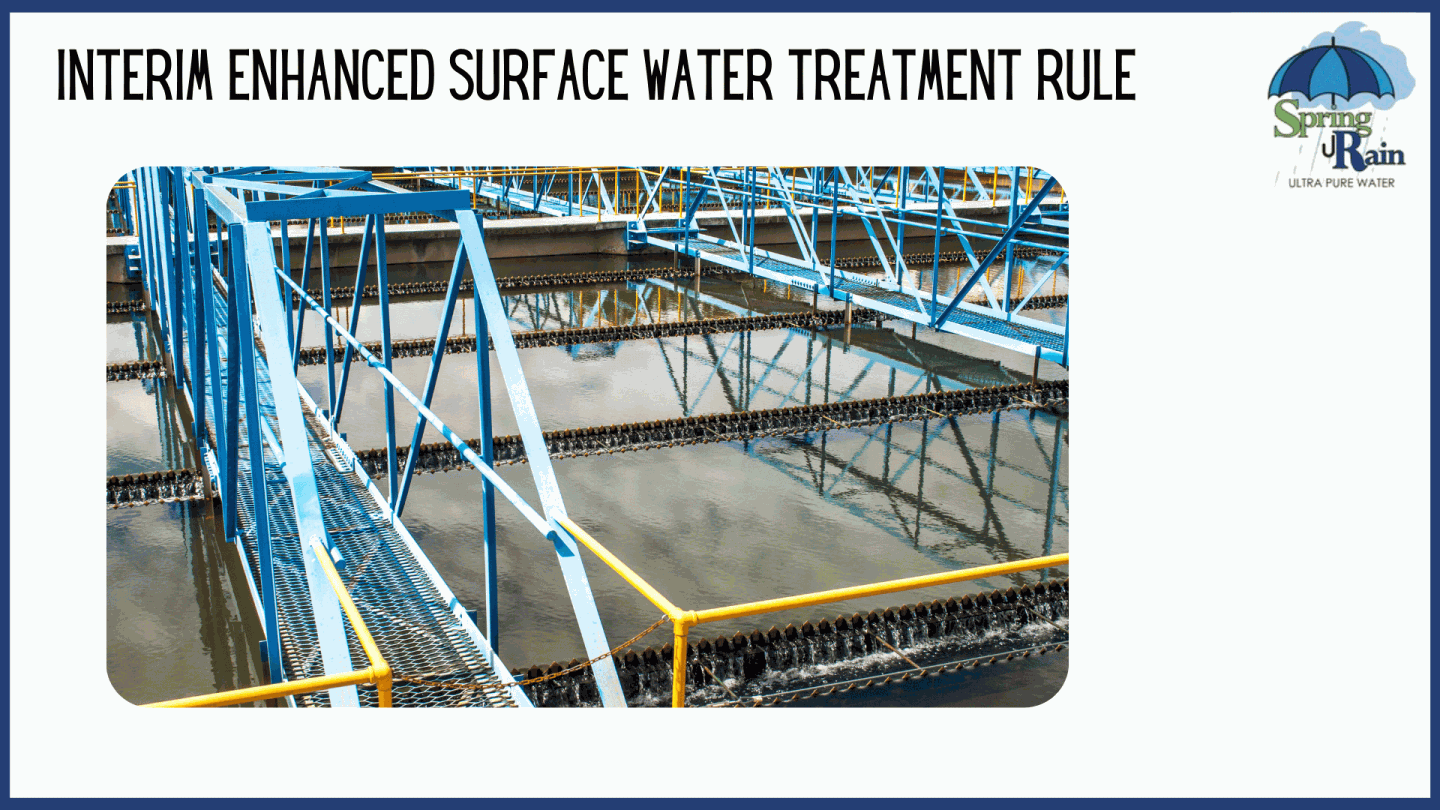
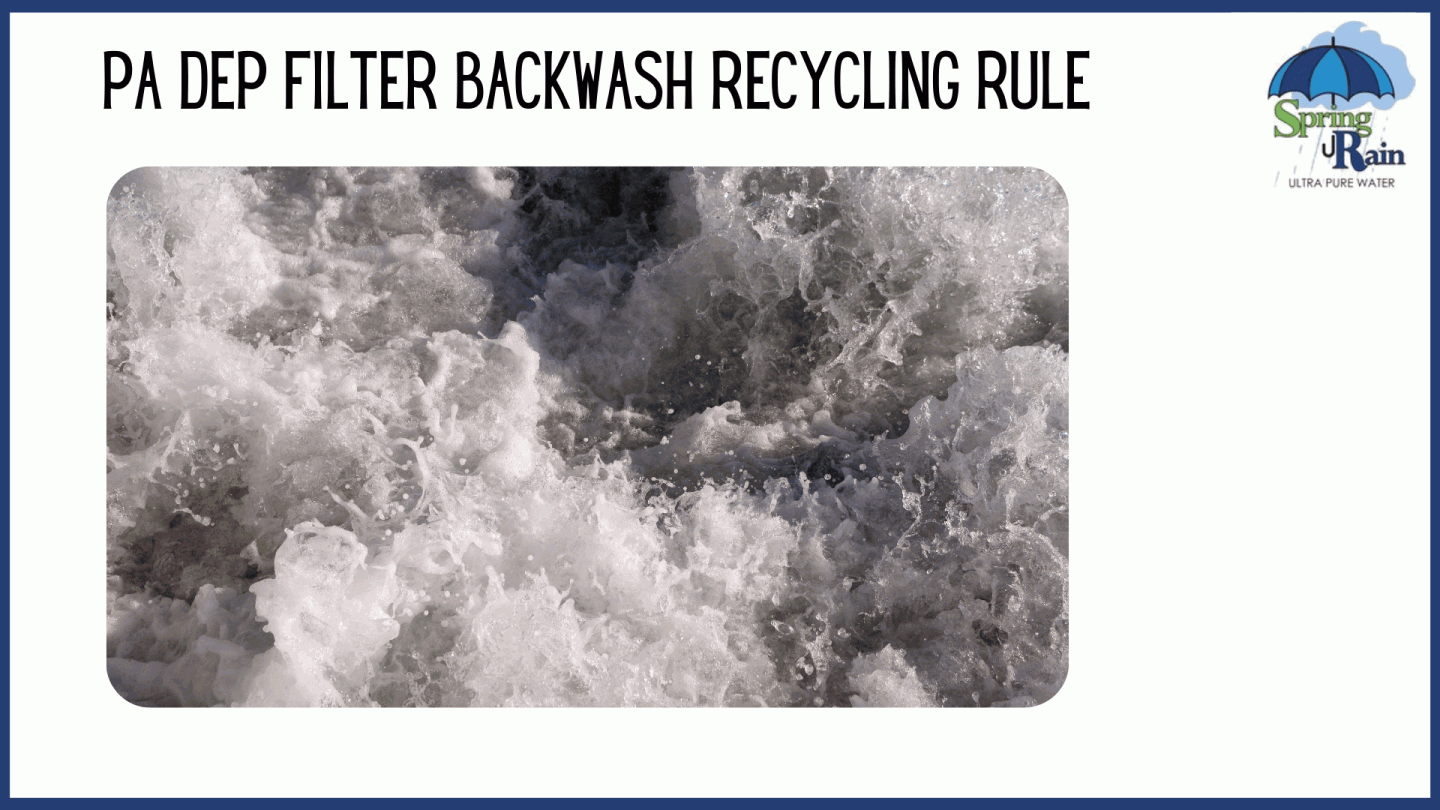

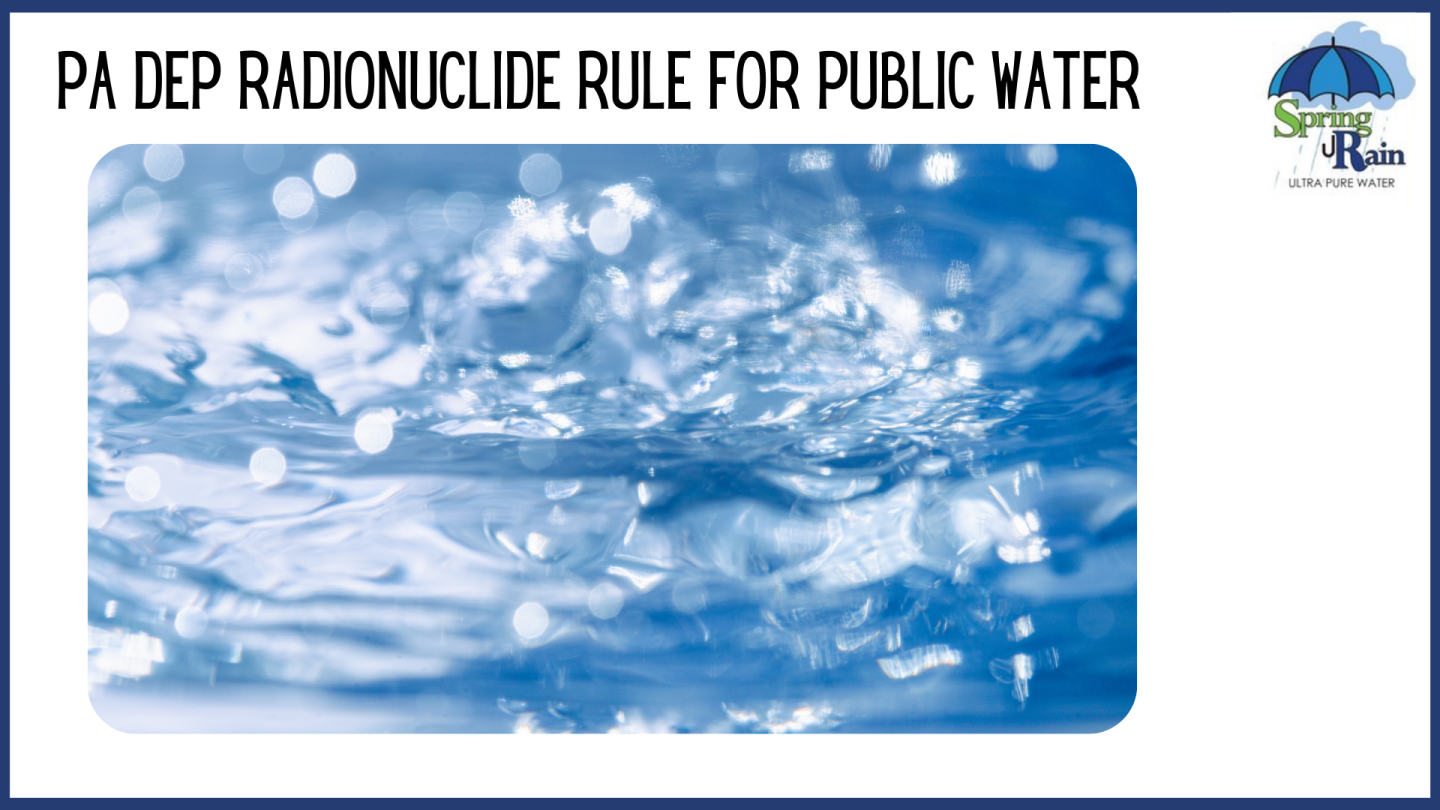


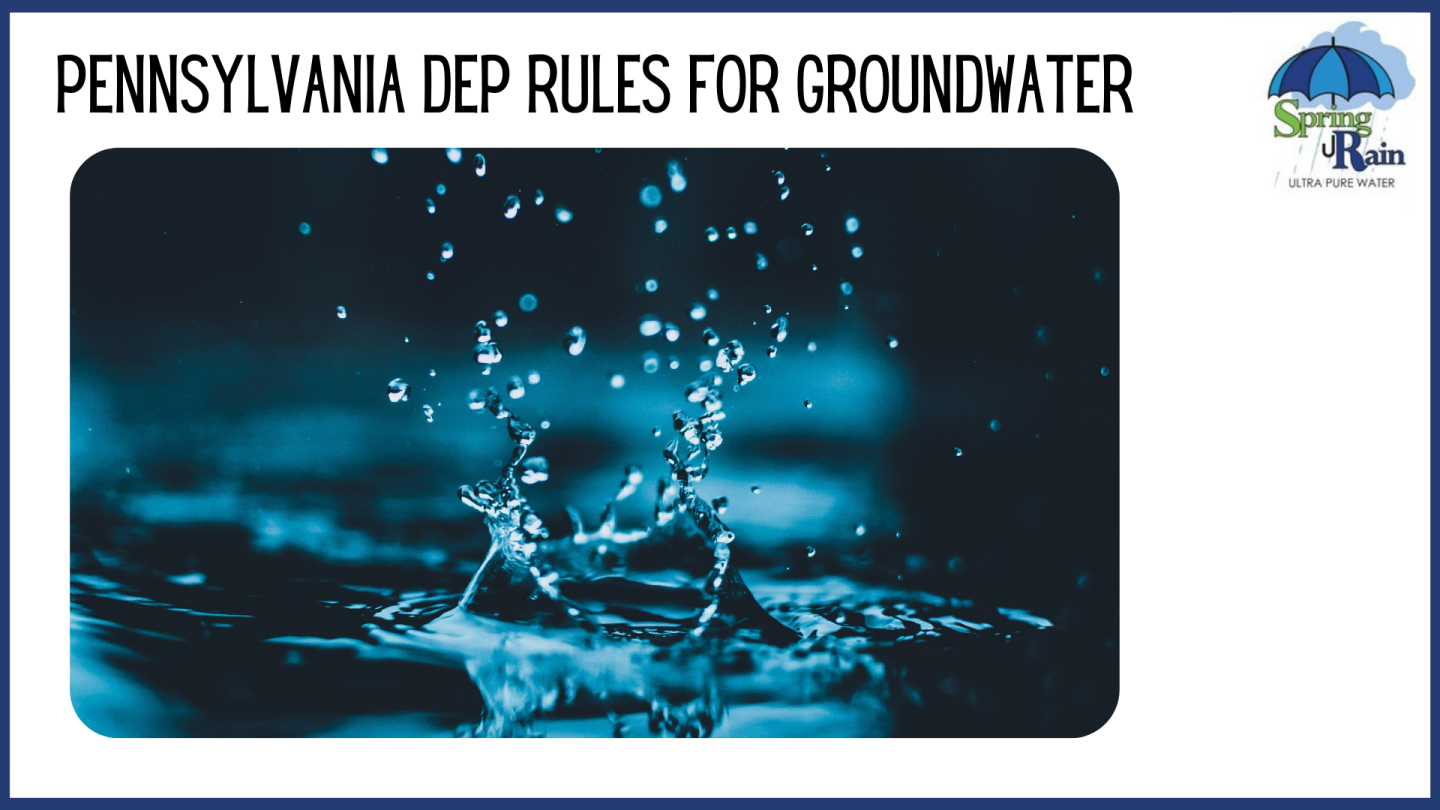
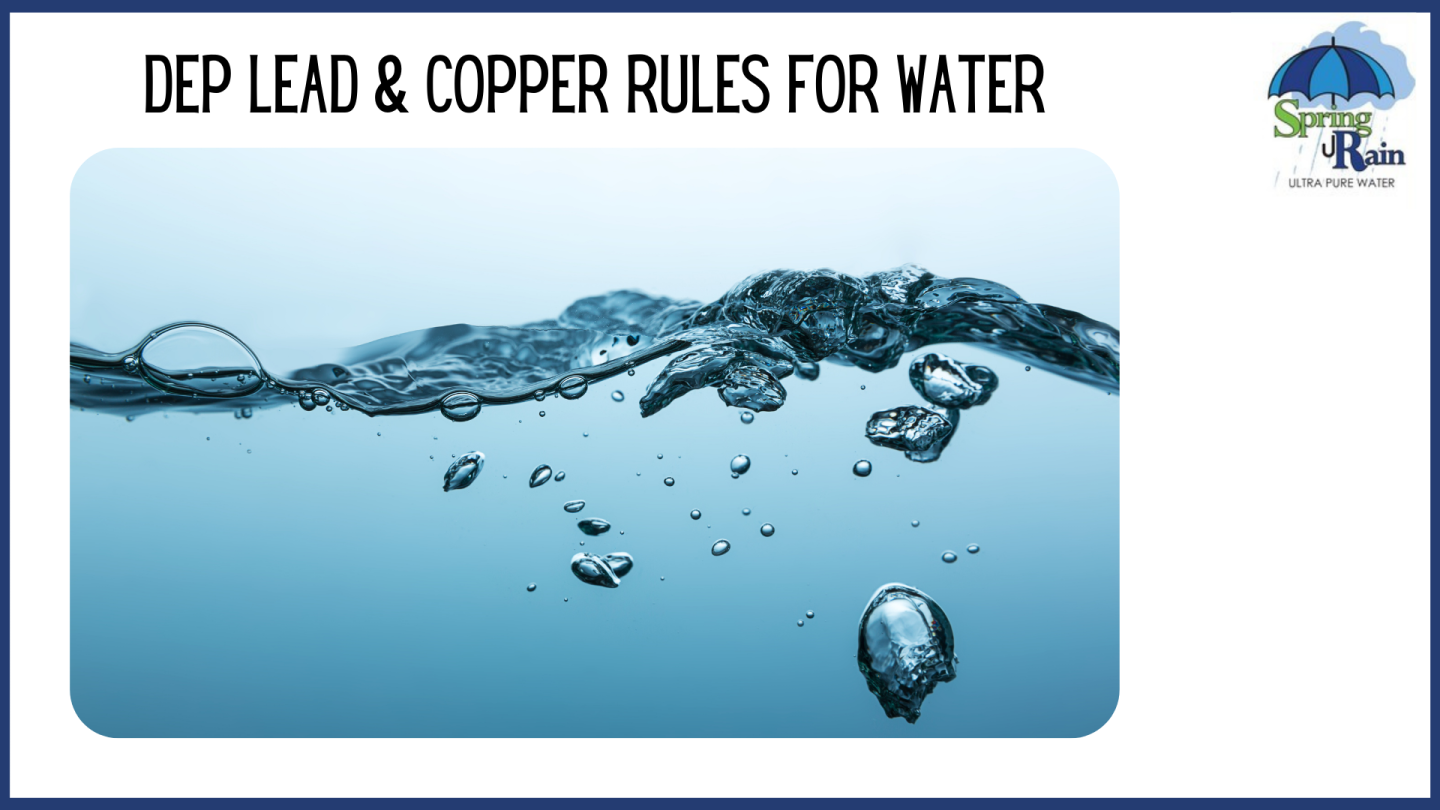
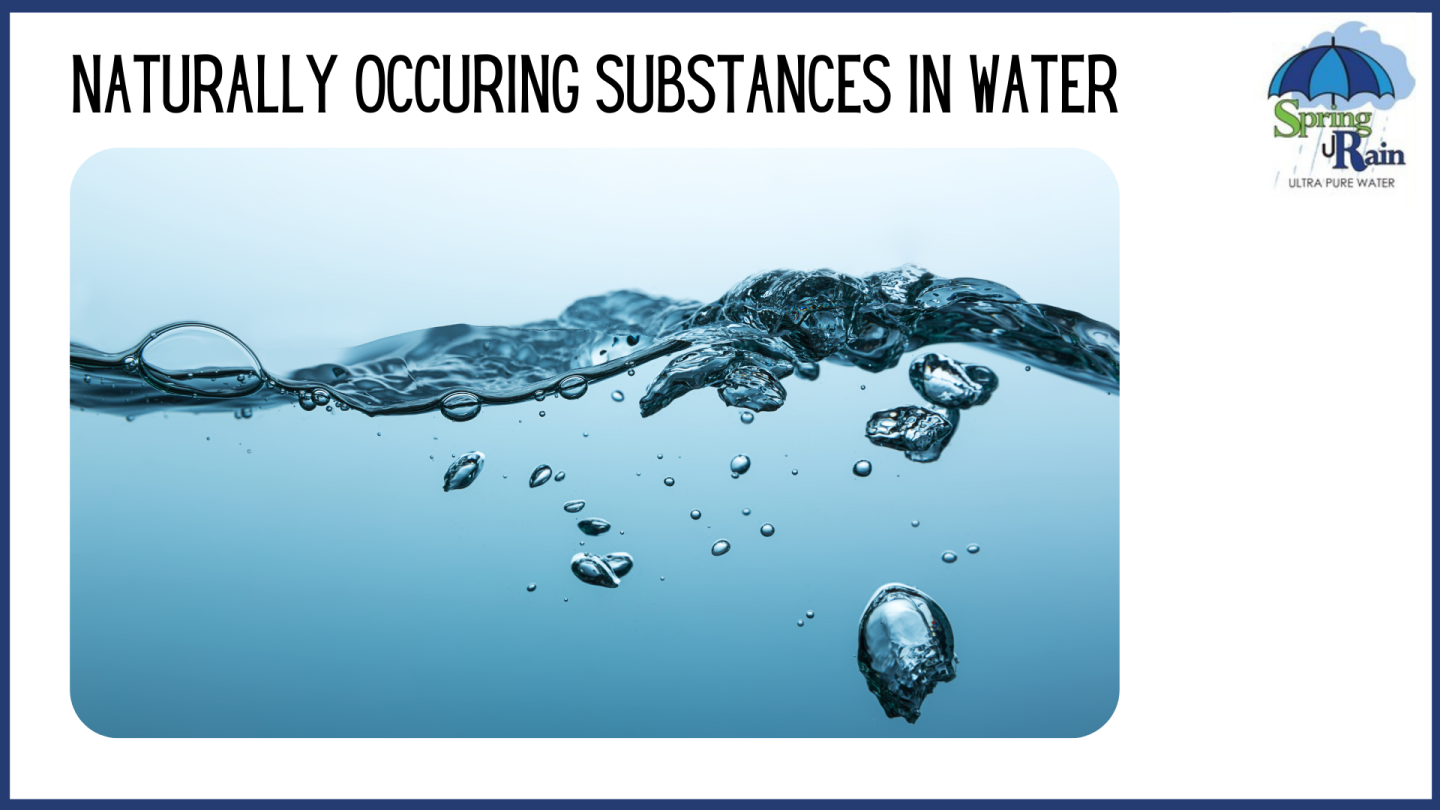




Recent Comments